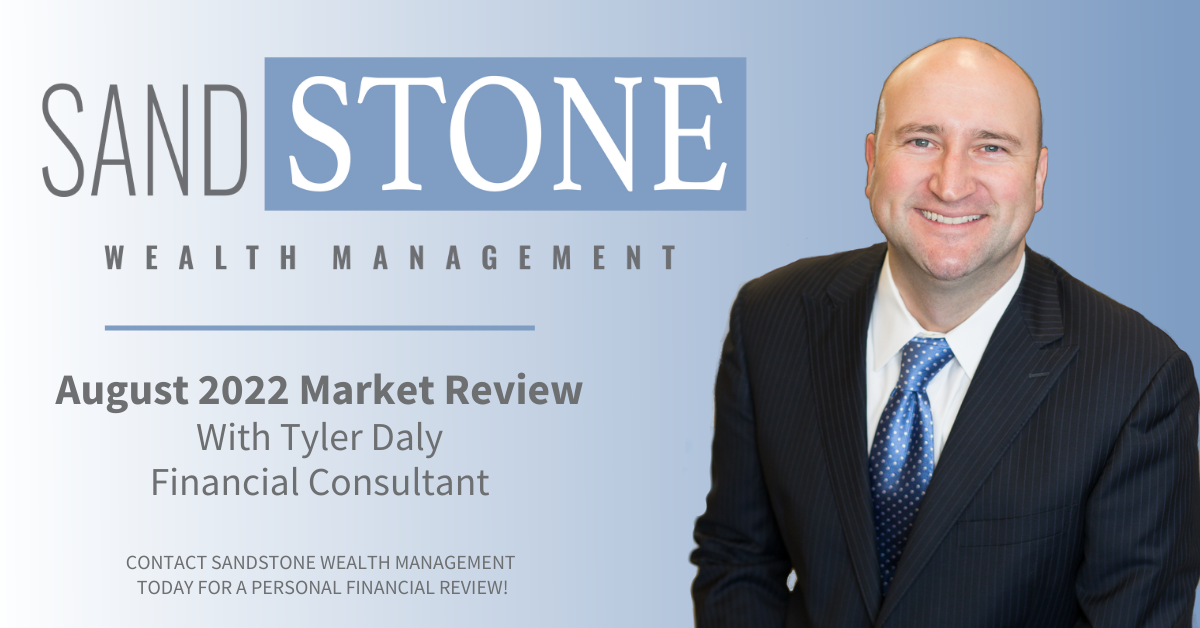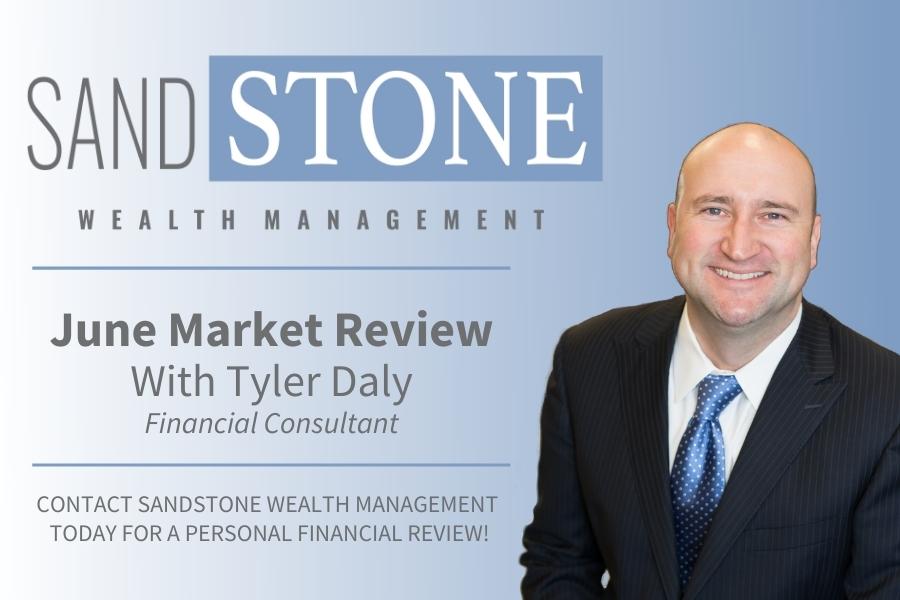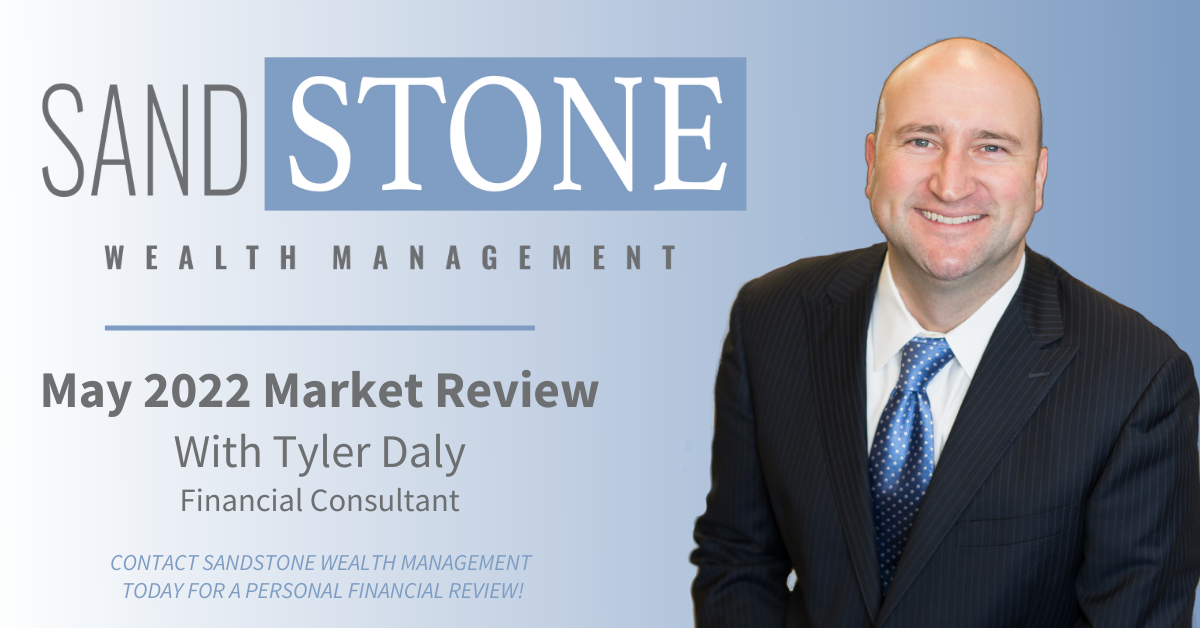
A year ago, domestic equity indexes showed sustained strength through the month of October. This year, October offered investors tricks and treats in both global and domestic markets. In the end, all the major domestic indices were down for the month. Some blame the volatility on earnings; some on geopolitical and economic news, while others point to the specter of higher interest rates and world trade disruption. On the brighter side, the U.S. major equity indices remain positive year to date, although the small-cap Russell 2000 is an exception.
While the U.S. is in great shape when it comes to economic and earnings growth, it may be more difficult to surprise on the upside, adding to the possibility of short-term volatility, explains Nick Lacy, chief portfolio strategist for Raymond James Asset Management Services. In addition, the Federal Reserve (Fed) is likely to raise rates again in December for multiple reasons, according to Chief Investment Strategist Jeff Saut. “The economy is strong, and the Fed is attempting to get to a ‘neutral rate’ in case the economy softens,” he added. The good news, he says, is that the market is oversold, and he is seeing bullish indicators for investors to redeploy cash.
Trade relations with China will be in focus in November with a potential meeting between President Trump and China’s President Xi reportedly being planned for the G20 summit, explains Washington Policy Analyst Ed Mills. The two sides have been at an impasse and are unlikely to come to a resolution in November. If talks continue to trend downward, the chances of an additional tariff on the remaining $267 billion of Chinese imports increase as the U.S. seeks further leverage. This is in addition to the 25% tariff set to go into effect on $200 billion of Chinese imports starting January 2019, currently set at 10%.
In Mills’ view, the upcoming midterm election is likely to shift the balance of power in Washington. Polls and forecasts are projecting a split result in Congress. Markets may react short term to election results – but longer term, Mills sees major policy shifts as unlikely with a divided legislative branch.
| 12/29/17 Close | 10/31/18 Close | Change | Gain/Loss | |
|---|---|---|---|---|
| DJIA | 24,719.22 | 25,115.76 | +396.54 | +1.60% |
| NADSAQ | 6,903.39 | 7,305.90 | +402.51 | +5.83% |
| S&P 500 | 2,673.61 | 2,711.61 | +38.00 | +1.42% |
| MSCI EAFE | 2,050.79 | 1,788.76 | -262.03 | -12.78% |
| Russell 2000 | 1,535.51 | 1,511.39 | -24.12 | -1.57% |
| Bloomberg Barclays Aggregate Bond |
2,046.37 | 2,002.30 | -44.07 | -2.15% |
Performance reflects price returns as of 4:30 EDT on October 31, 2018. EAFE performance reflects the previous close.
Here is a look at what’s happening in the economy and capital markets, as well as key factors we are watching:
Economy
- Real gross domestic product (GDP) rose at a 3.5% annual rate in the advance estimate for the third quarter, about as expected. However, there were a few surprises. Consumer spending growth was even stronger than anticipated, but business fixed investment was unexpectedly weak.
- The quarterly swings in inventory growth and net exports were larger than anticipated, likely reflecting the impact of trade policy. For the financial markets, the strong growth figure provided little comfort. Investors are more concerned about the prospects for slower growth in the quarters ahead, explains Raymond James Chief Economist Scott Brown.
- The trade deficit widened more than expected, detracting from GDP growth, Brown notes.
- Whether trade policy disruptions unwind or grow worse will depend on whatever progress we see in trade talks with China.
- Consumer spending has been driven by job growth and (to a lesser extent) wage gains, but the pace should slow as job market constraints become more binding, leading to slower GDP growth in 2019, he added.
Equities
- The selling pressure strengthened as the S&P 500 moved lower, explains Joey Madere, senior portfolio strategist, Equity Portfolio & Technical Strategy.
- It is very difficult to call a bottom when the market cascades lower, he said, although he believes the market is near a low and perhaps oversold. Once the S&P 500 does find a bottom, he believes the market will be range bound as it digests the sharp pullback, and investors balance the headwinds (e.g., China, interest rates) with the tailwinds (e.g., economy and earnings).
- While the selloff may have felt jarring, it’s not all bad news, according to Nick Lacy, chief portfolio strategist for Raymond James Asset Management Services. He notes that small caps, growth stocks and emerging market equities declined the most, expected behavior from those particular asset classes.
- Low volatility and dividend stocks are holding up the best this month, which is positive, as investors should expect defensive securities to hold up better during market fluctuations, Lacy said.
Fixed Income
- The Federal Reserve (Fed) expected December rate hike is putting some pressure on bond prices and high-quality bonds have remained flat, according to Lacy.
- The 10-year Treasury yield ranged 17 basis points from its October low to its high. We’ve seen greater swings during seven other months this year, points out Doug Drabik, senior fixed income strategist.
- We are seeing a continued tight trading range, albeit one with yields creeping up, Drabik noted. The 10-year Treasury began the year at 2.46% and is now around 3.10%. Both municipal and corporate yields have increased at a greater rate, boosting investor yields in both products, Drabik added.
International
- October proved challenging both here and abroad. There was little relief from some of the major issues influencing financial markets outside of the United States, according to European Strategist Chris Bailey.
- In Europe, Brexit discussions have yet to lead to an agreement, which still looks likely. However, European valuations are not high (by historical standards) and regional corporate earnings have been relatively solid.
- Emerging markets also experienced a volatile October. Both the Chinese stock market and the Chinese yuan fell to levels not seen for a few years as concerns grew over the impact of any upcoming world trade angst, Bailey noted. By contrast, the Brazilian market performed strongly in anticipation that the incoming president will undertake a series of privatization and deregulation actions.
- A broader recovery in emerging markets may only be apparent if the value of the dollar fades. Despite these headwinds, valuations are low by historical standards and big structural factors driven by rising populations and wealth could be attractive to longer-term investors.
Bottom Line
- Clients poised to take advantage of this pullback might want to patiently accumulate equities as the rebuilding process takes place. Earnings and economic growth are supportive of equities, and valuations are now fairly attractive, in both Lacy’s and Madere’s view.
- Keep in mind that a well-diversified portfolio can help you weather downturns and recover more quickly on the upside.
Please let me know if you have any questions about current market events or how to position your long-term financial plan for the months ahead. I look forward to speaking with you.
Sincerely,
Tyler Daly
Financial Advisor
Raymond James Financial Services, Inc.
*Investing involves risk, and investors may incur a profit or a loss. Past performance is not an indication of future results and there is no assurance that any of the forecasts mentioned will occur. Investors cannot invest directly in an index. The Dow Jones Industrial Average is an unmanaged index of 30 widely held stocks. The NASDAQ Composite Index is an unmanaged index of all common stocks listed on the NASDAQ National Stock Market. The S&P 500 is an unmanaged index of 500 widely held stocks. The MSCI EAFE (Europe, Australia, Far East) index is an unmanaged index that is generally considered representative of the international stock market. International investing involves additional risks such as currency fluctuations, differing financial accounting standards, and possible political and economic instability. These risks are greater in emerging markets. The performance noted does not include fees or charges, which would reduce an investor's returns.
©2018 Raymond James Financial Services, Inc., member FINRA/SIPC. Securities offered through Raymond James Financial Services, Inc., member FINRA/SIPC, and are not insured by any financial institution insurance, the FDIC/NCUA or any other government agency, are not deposits or obligations of the financial institution, are not guaranteed by the financial institution, and are subject to risks, including the possible loss of principal. Raymond James is not affiliated with the financial institution or the investment center.

Tyler has been in the financial services industry since 2004 and with Sandstone Wealth Management and Heartland Bank since 2009. He is Series 7, 66 and Insurance licensed to assist his clients with all their investing, financial planning, and insurance needs. Tyler was recently named to the Forbes List of America's Top Next-Generation Wealth Advisor, which recognizes advisors from national, regional, and independent firms. Tyler graduated from the University of Nebraska-Lincoln with a Bachelor’s Degree in Diversified Agriculture and was born and raised in the Nebraska Sandhills. This gives him an intimate knowledge and understanding of his farming and ranching clients. Tyler is married to Rachel, who earned her Doctorate of Pharmacy from the University of Nebraska. They have two children, Camilla and Cooper. Away from business, he enjoys officiating high school basketball in the winter as well as golfing and team roping in the summer.



.png)

.jpg)

.jpg)

.png)



